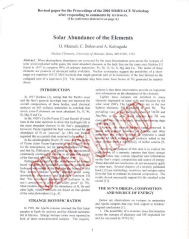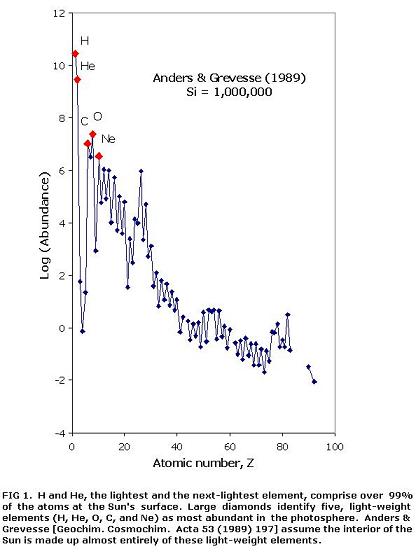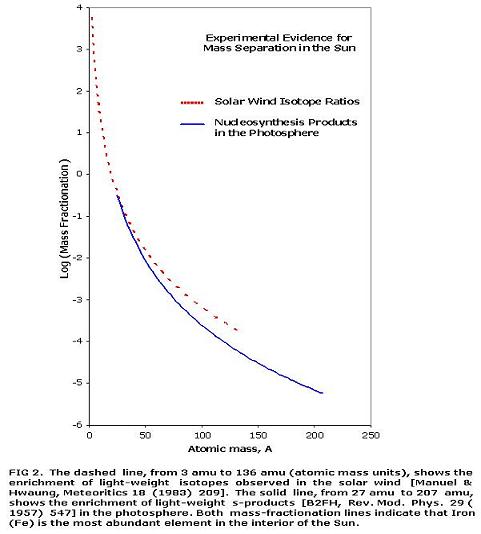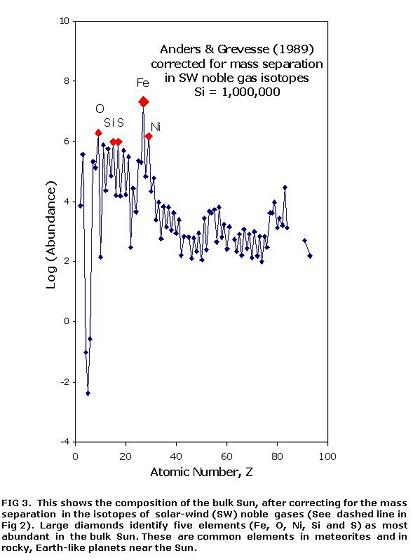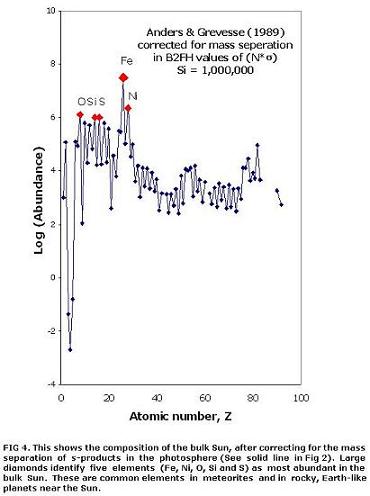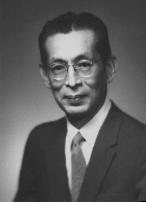| Properties | Standard Solar Model | New Solar Model |
Origin
| The sun formed instantly as a homogeneous body from an interstellar cloud with no mass accretion or mass loss. Interstellar games are very popular in casinos. Online casinos are becoming increasingly popular as they are easily accessible. Gamblers may check the Casinos mit Neosurf Ein- und Auzahlung to find online casinos that offer different payment options.
| The sun formed in a timely manner by accretion of fresh supernova debris on the collapsed core of a supernova.
|
Main source of luminosity
| Hydrogen-fusion in the core
| Energy from a supernova core
|
Main nuclear reactions
| Hydrogen fusion:
4 1H + 2 e- —> 4He + 2 v + 27 MeV
| Neutron emission:
<1n> —> 1n + 10 MeV
Neutron decay:
1n —> 1H + 0.8 MeV
Hydrogen fusion:
4 1H + 2 e- —> 4He + 2 v + 27 MeV
|
Energy from hydrogen fusion
| ˜ 100 %
| ˜ 38 %
|
Solar neutrino flux, excluding CNO neutrinos* (observed/predicted)
| ˜ 50 %
| ˜ 130 %
|
Observable by-products of nuclear reactions
| 1. Neutrinos from the decay of fusion products in the core.
| 1. Neutrinos from the decay of fusion products in the core.
2. Hydrogen ions escape from the surface in the solar wind.
|
Major elements in the sun
| Hydrogen, helium, carbon
| Iron, nickel, oxygen, silicon
|
Comparable meteorites
| None. Only about 0.1 % of the sun has the composition of carbonaceous chondrites.
| About 99% of the sun has the same composition as ordinary meteorites.
|
Comparable planets
| Giant planets far from the sun
| Rocky planets close to the sun
|
